Lowdown: Another Arts Leader Departs
One of the highest-profile figures in the creative sector departs with little fanfare, an Arts Laureate puts her money where her heart is and pleas to make community voices heard.
Written by
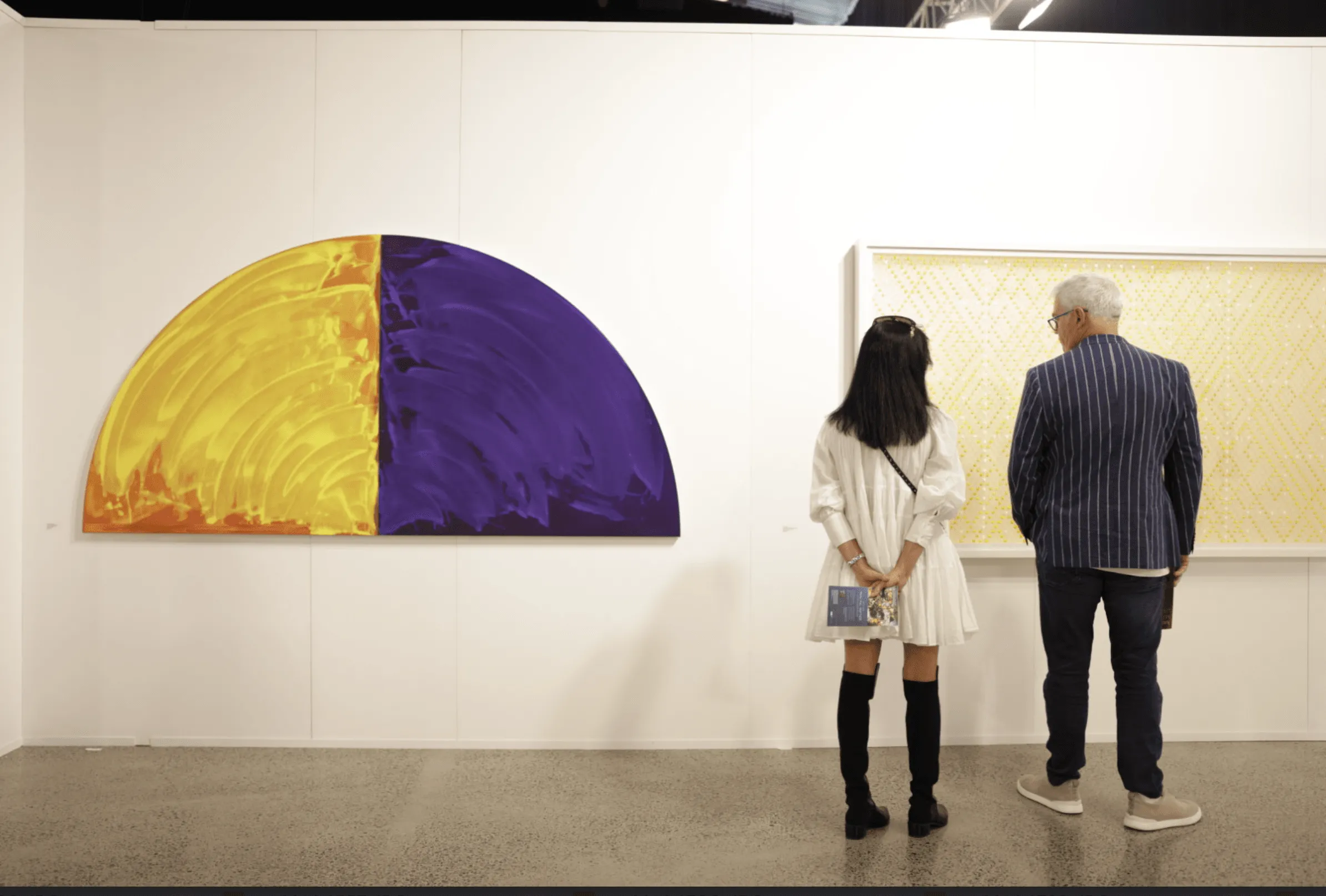
One of the leading figureheads of the creative community has made a quiet exit from her post.
Caren Rangi, lauded as the first Pasifika woman to be appointed Chair of Toi Aotearoa - the Arts Council - which oversees Creative New Zealand (CNZ), has been farewelled after 12 years with the organisation.
There's nothing controversial about her departure - roles on Toi Aotearoa's board come in three-year appointments and Rangi completed her cycle. Nevertheless, it remains a significant changing of the guard - particularly as we're none the wiser on who the new guard is.
It goes to underline the concern of many in the sector that a leadership vacuum is in danger of forming, with key roles at the heavyweight creative body up in the air.
CNZ Chief Executive Stephen Wainwright (also in the final throes of a long tenure after announcing his resignation last year) signalled the close of Rangi's time in charge in a blog post, having been made Chair back in 2021.
Describing her "significant contribution", Wainwright stated "Caren joined us in 2012 under the previous legal structure as the Cook Islands representative on the Pacific Arts Committee. The Committee Chair assured Caren she was there for a ‘one-year gig’ while the legislation changed.
"When the Unitary Council was formed in 2014, Caren was persuaded to stay on. She then became a founding member of the 2014 Council. On the way to becoming Chair, she was Chair of the Audit & Risk Committee, served as one of our two Pasifika representatives, and became Deputy Chair. One year turned into 12."
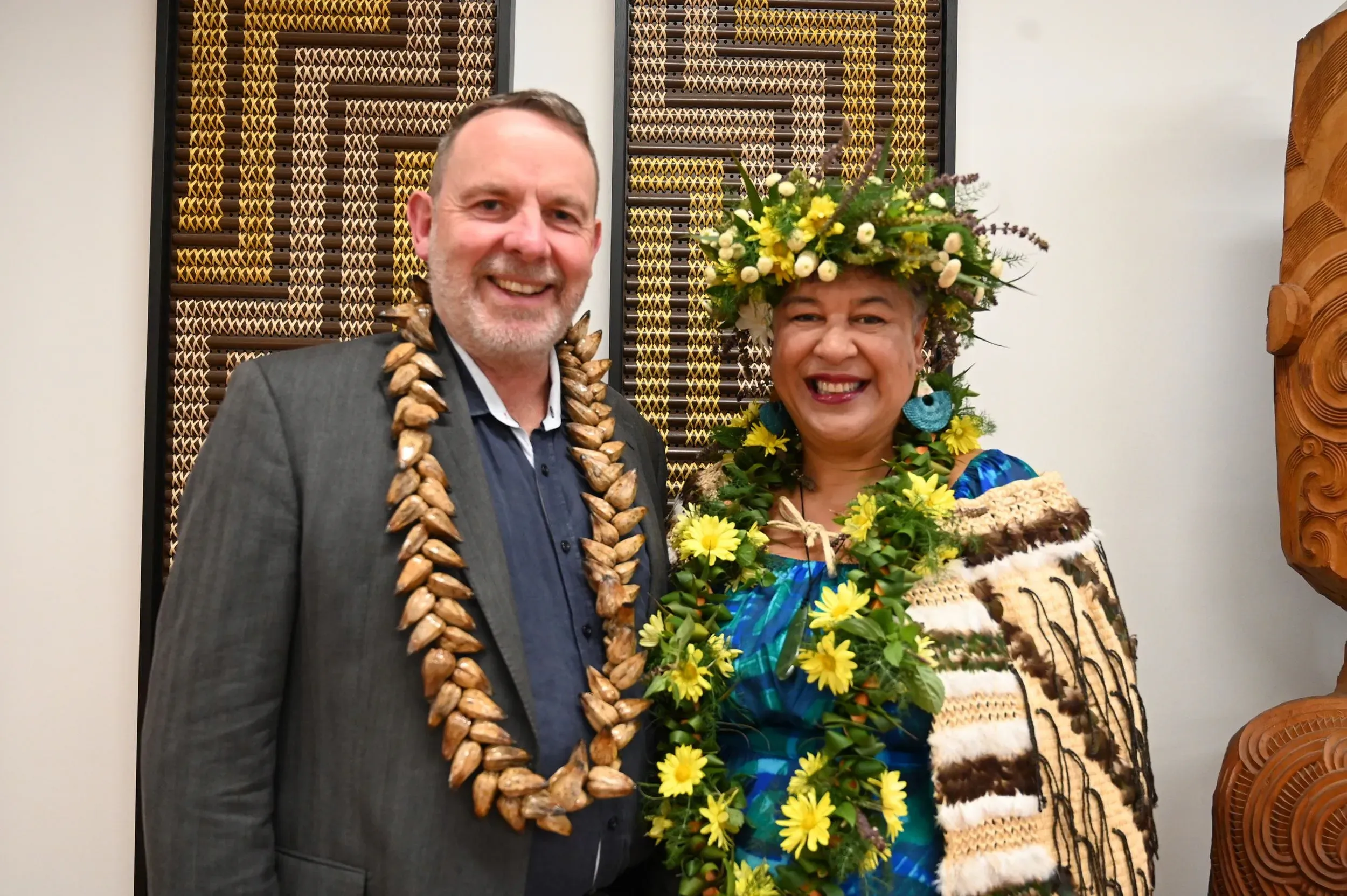
Wainwright explains the farewell was one befitting of Rangi's status within CNZ - adorned with the organisation's kakahu gifted by renowned weaver Diggeress Te Kanawa, heartfelt messages from those invited to speak and a presentation of the CNZ tohu carved in pounamu to Cliff Whiting’s design.
"Caren has given us direction and will always have a home here."
Rangi herself has not given any public comment regarding her departure.
The big question is what comes next? The new Chair will be appointed by Arts, Culture and Heritage Minister Paul Goldsmith, which is expected within the next few weeks.
Toi Aotearoa Deputy Chair Michael Prentice is the Acting Chair - his term also is due to come to an end this year.
The trickle-down effect could mean Wainwright is asked to extend his stay. Originally due to leave ambiguously 'in mid-2024', the next CE is a role that is appointed by Toi Aotearoa. That won't happen until whoever Goldsmith places as Chair has their feet under the desk and one unlikely to be rushed.
With Gretchen La Roche also finished with CNZ, her role as Senior Manager - Arts Development is currently held in an interim position by James Wilson.
Wilson brings two decades of experience in the sector including roles as co-Chair of PANNZ, at Q Theatre, BayCourt Community and Arts Centre and overseeing Arts Culture and Heritage for Tauranga Council.
Toi Aotearoa's chair is officially gone, CNZ's Chief Executive has handed in his resignation, and the role considered 2IC is currently interim. These are dominoes that don't often fall collectively.
Some big decisions loom.
Call out to arts organisations
CNZ may be going through changes at the top, but there's still plenty happening at head office.
As well as the release of the New Zealanders and the Arts—Ko Aotearoa me ōna Toi research (TBI covers the results here), CNZ is reaching out to all organisations involved in the sector to get their input.
The invitation has gone out for arts organisations - whether they're inside the funding umbrella, outside it or never been near it - to respond to a four-question survey "about the kinds of support that make the biggest impact for them and their communities."
The questionnaire has just opened and closes at midday 20 May.
Wainwright states that previous engagement has seen opinions raised that CNZ needs a different approach to arts development, and to spend less time and effort on compliance.
“We’re responding to those needs by developing a common set of principles for support across the full arts organisation landscape, based on a model of support for people, purpose and impact.
"We’re inviting all arts organisations across the motu to engage with us, from the 80 organisations in our existing Toi Tōtara Haemata and Toi Uru Kahikatea Investment Programmes to those who have never engaged with us before.
“Our context is changing with the end of one-off funding as part of the COVID-19 response. We understand that the financial context for arts organisations is particularly challenging given the constraints of central and local government, including CNZ as well as sponsorship and philanthropy."
CNZ state the insights gathered "will be used to develop options and help shape a new approach for more effective support for arts organisations" with their next steps shared from October 2024.
Backing art's next generation
What makes the creative community an actual community?
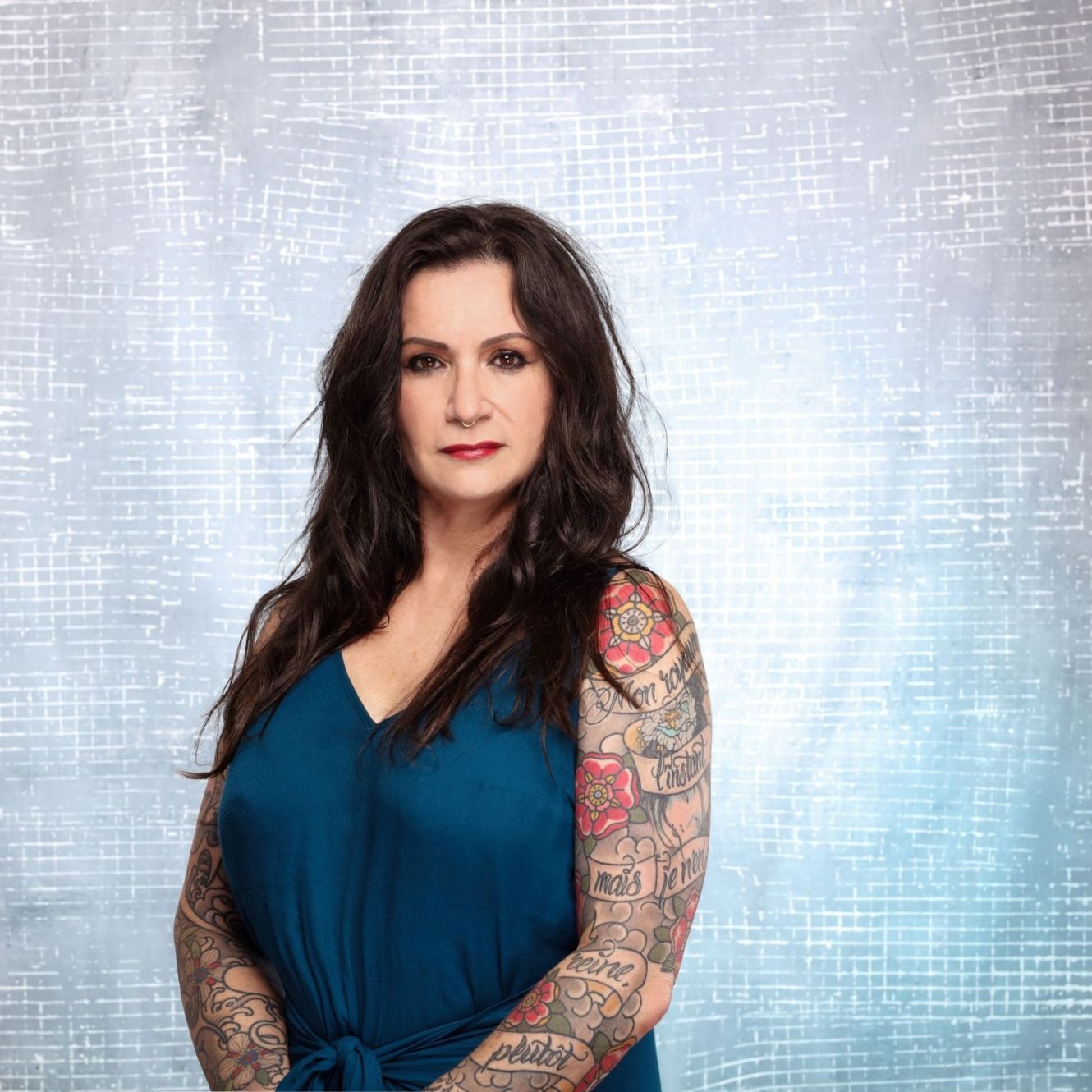
We don’t all live in the same place, we have different needs, wants and expectations in life. While we all have an interest, passion or leaning towards the same outcome of a thriving creative sector (some with self-driven motivations and others more altruistic), it only becomes a community with buy-in from those involved. A desire to not only do well for themselves and those they’re connected to - but for everyone involved.
What makes the creative community a community is those involved caring and looking out for each other, holding tight when times are tough, manaakitanga in good times and bad.
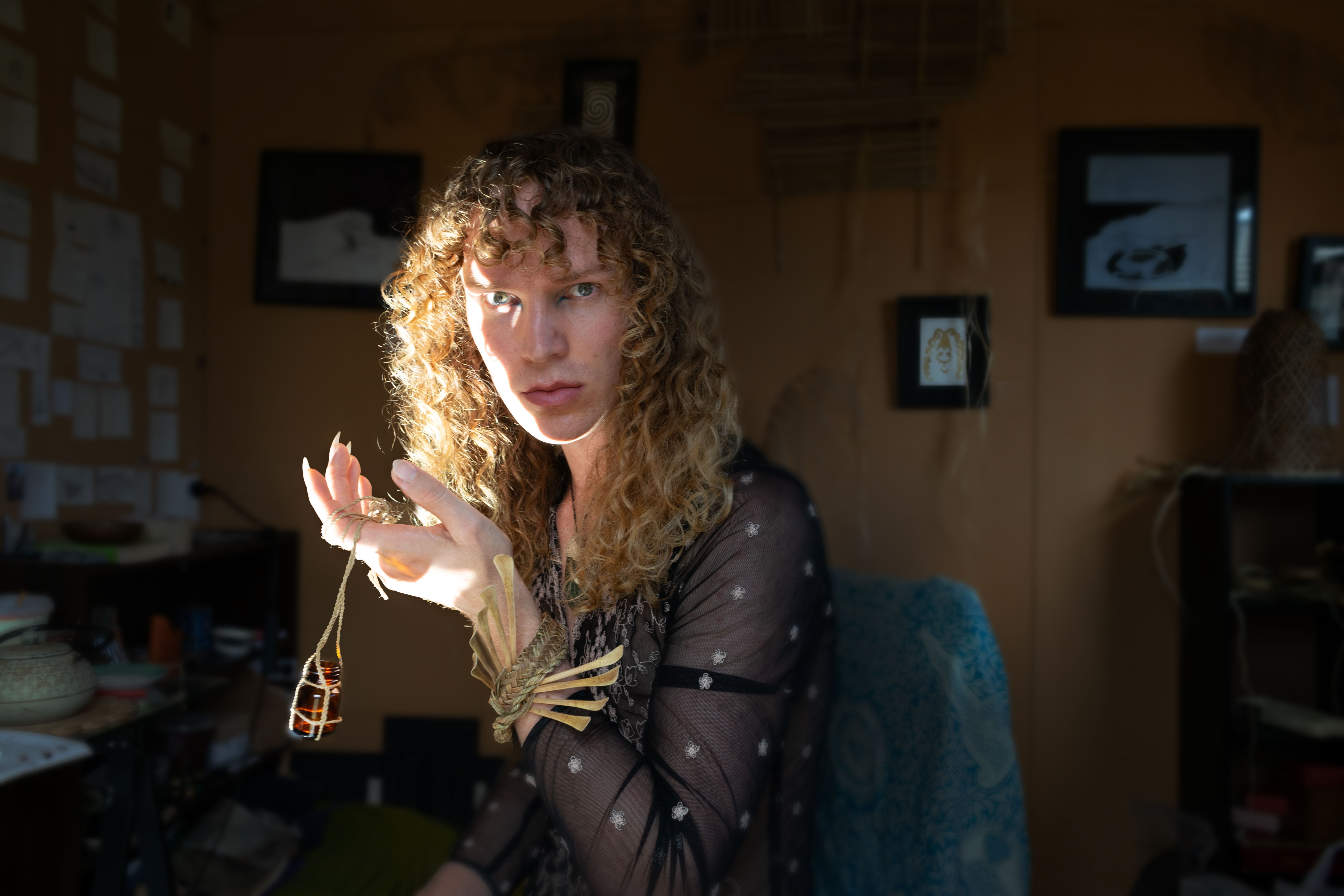
Making decisions like Arts Laureate Dr Fiona Pardington has - putting her money where her heart is, backing the next generation of visual arts to get the support that can make all the difference.
The Arts Foundation have just announced their latest cohort of Springboard recipients for 2024 - where six emerging artists are supported with a $15,000 gift, hooked up with a mentor from the Foundation’s collection of Laureates, Icons and recipients of fellowships or residencies (who are also gifted a $5,000 koha).
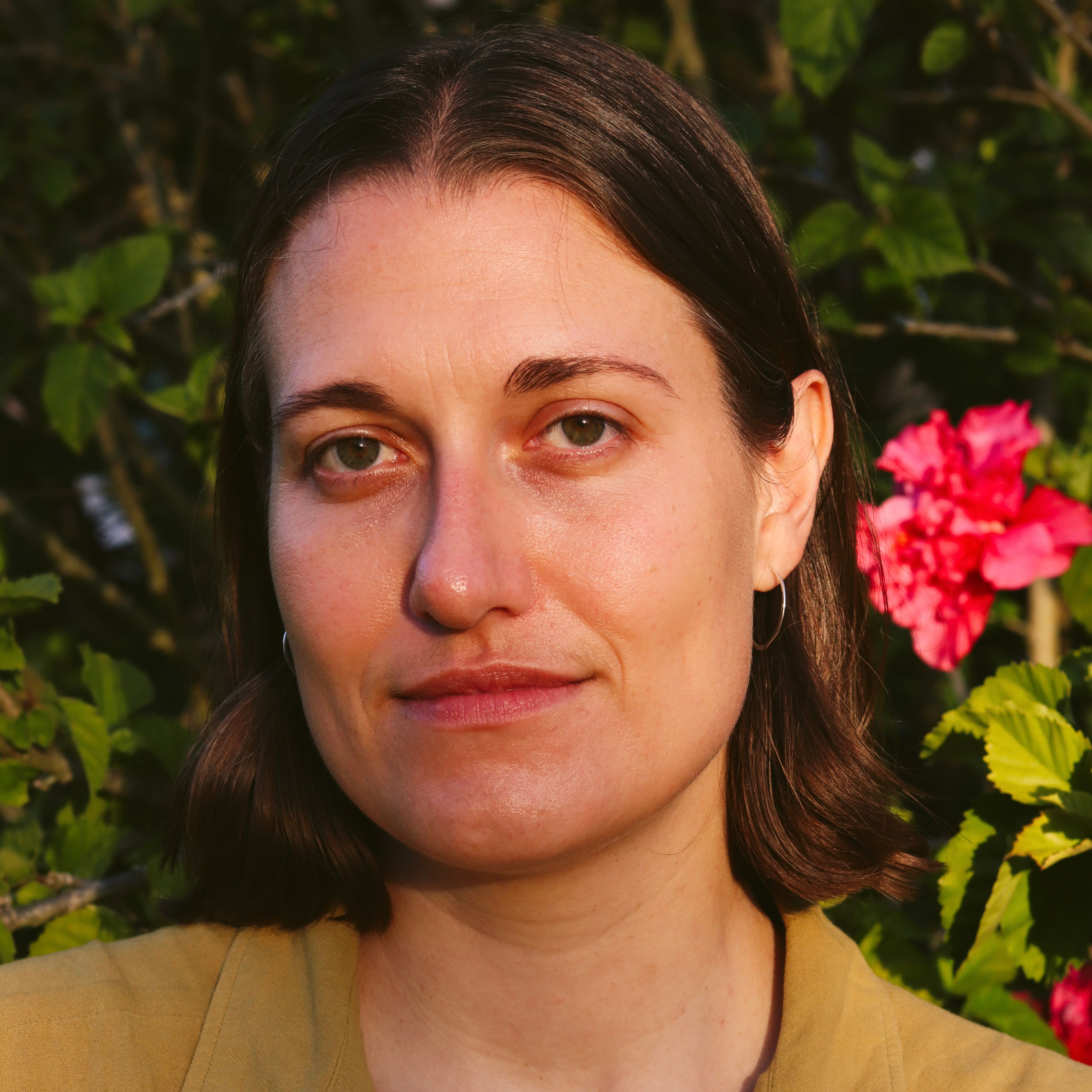
But this year, one of that illustrious group is doing the funding, with Pardington combining with Starkwhite Gallery to back an award package dedicated to a visual artist, gifting $25,000 a year for the next three years.
Arts Foundation General Manager Jessica Palalagi told The Lowdown “To have our first award sponsored by one of our awarded alumni artists in Dr. Fiona Pardington brings us to a beautiful place of symmetry, where our artists are supporting the next generation. All I can say at this point is a deep heartfelt thank you!
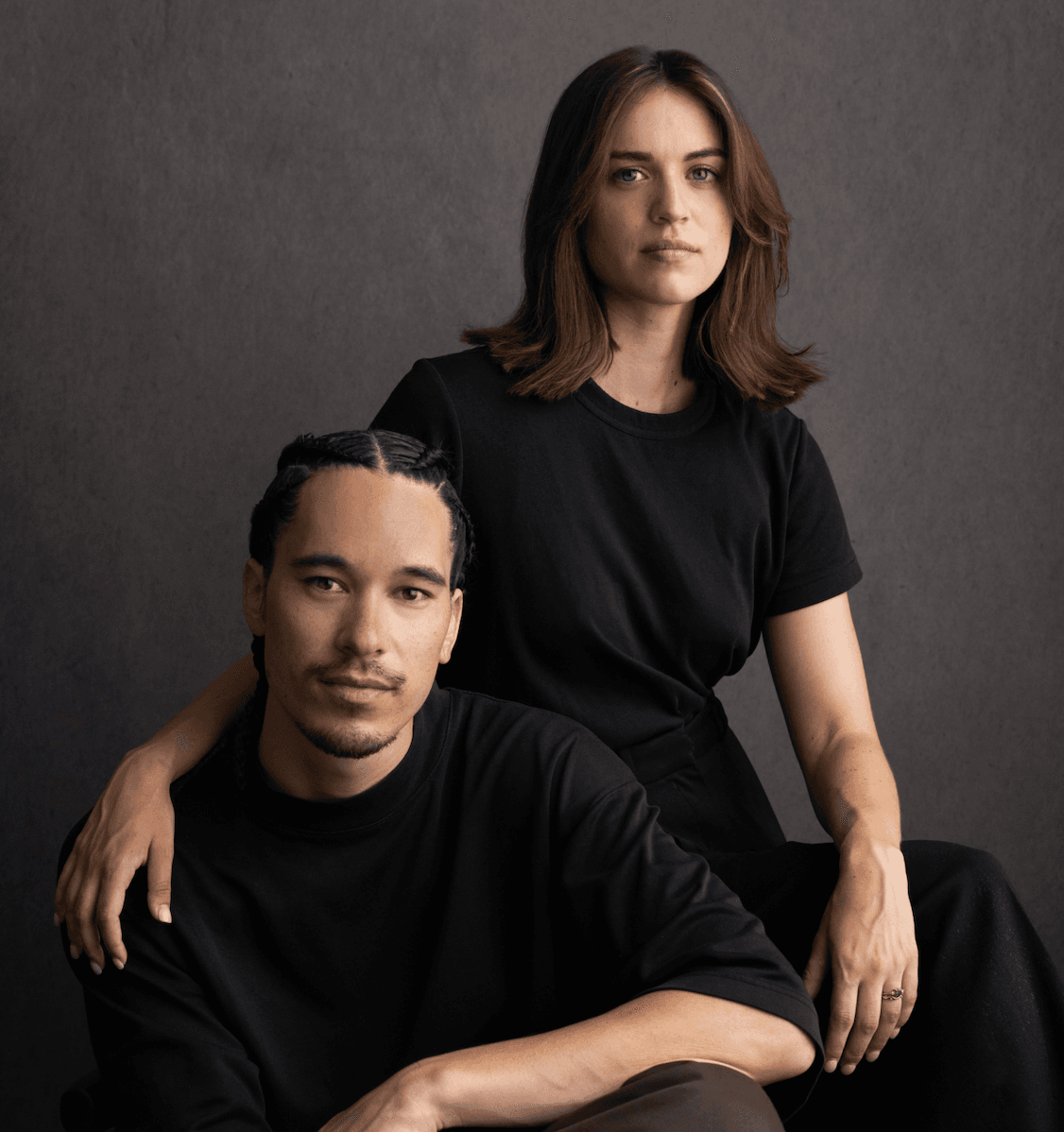
“It’s amazing to see our senior artists consistently giving back in so many ways, we’re very grateful to Fiona for her gift.
“I know that it’s an incredibly challenging time to continue to make art in the world at the moment. But we hope that awards like Springboard provide some hope that we want artists to keep creating, making and telling our stories.”
The recipient of Pardington’s newly minted Springboard award is Louie Zalk-Neale - both a visual artist and a performance artist with a Toi Māori lens. And you’d be hard-pressed to find a better mentor - one-quarter of the hottest group of Toi Māori artists on the planet right now in Bridget Reweti, part of the Mataaho Collective that’s claimed the Golden Lion for best participant at the Venice Biennale over the weekend.
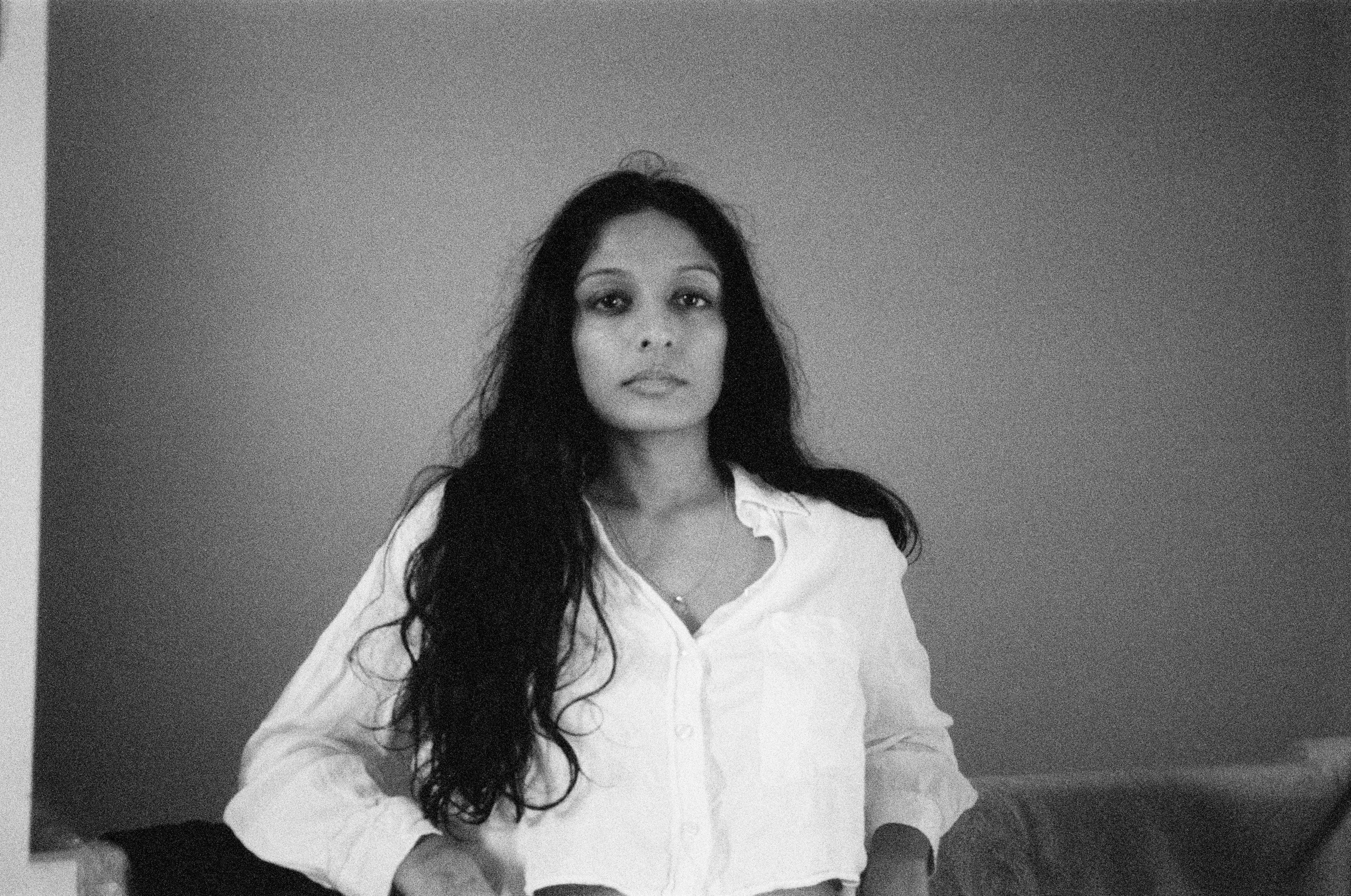
Zalk-Neale reacts “This award is real nourishment to my mahi toi. I’m grateful and relieved to be able to dedicate time to pausing and reflecting on how my practice is developing, and towards building a future to support my practice, my whānau and my communities. It will be incredibly valuable to have tuakana guidance from a mentor through all this.
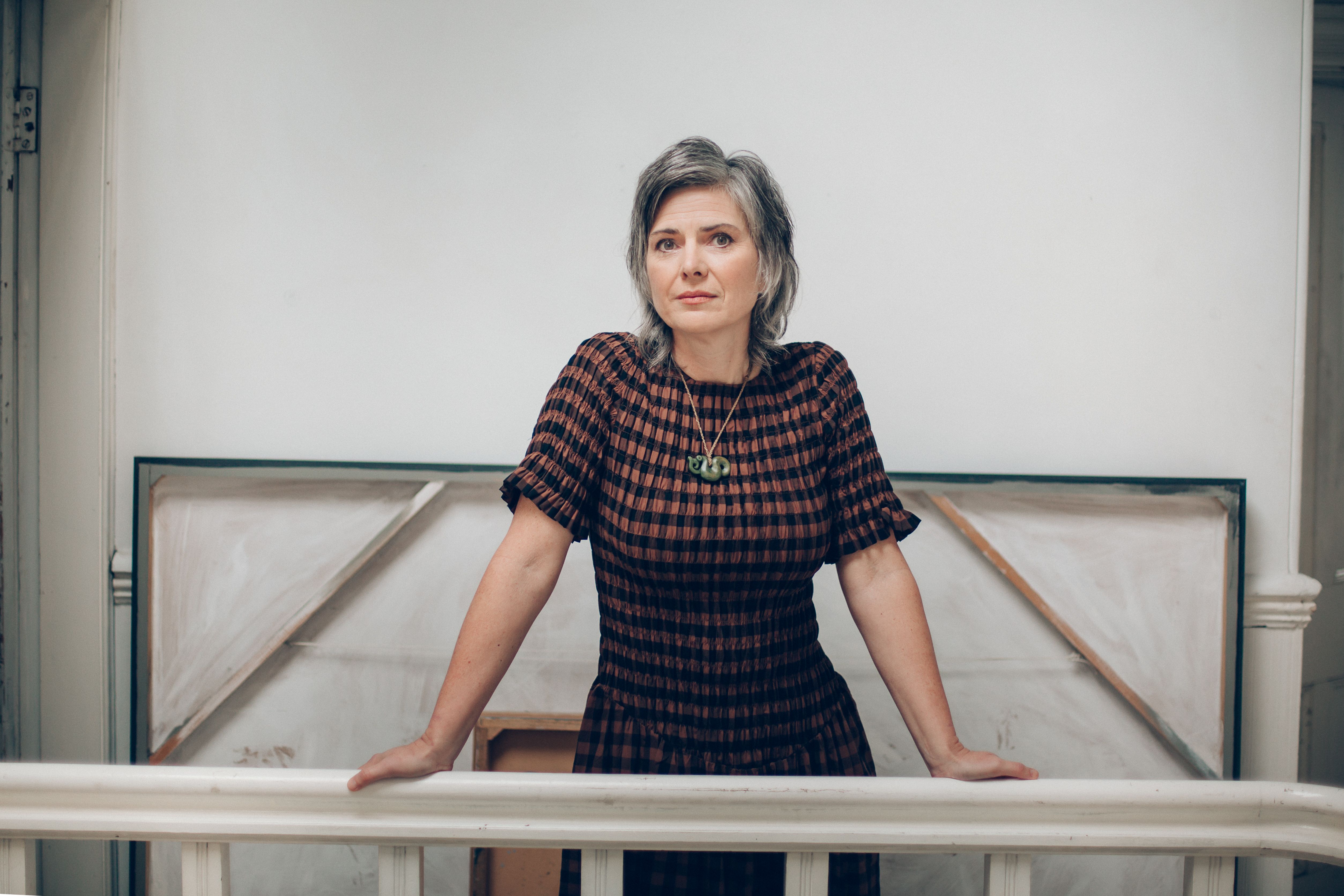
“I also feel validated to be placed alongside the other iconic artists acknowledged by Te Tumu Toi, and I feel empowered with the strengths I have as a ringatoi, he kairaranga, he māmā, he kaiako, and everything else I am. Mauri ora!”
Of the other other awards, two are funded by the Edgar family. One of the recipients, moving image artist Emily Parr, states “I’m beyond thrilled and humbled to be among the 2024 Springboard rōpū. The award comes at what feels like a pivotal time in my practice as I near the end of a doctorate - I can’t wait to see what emerges over the next year.”
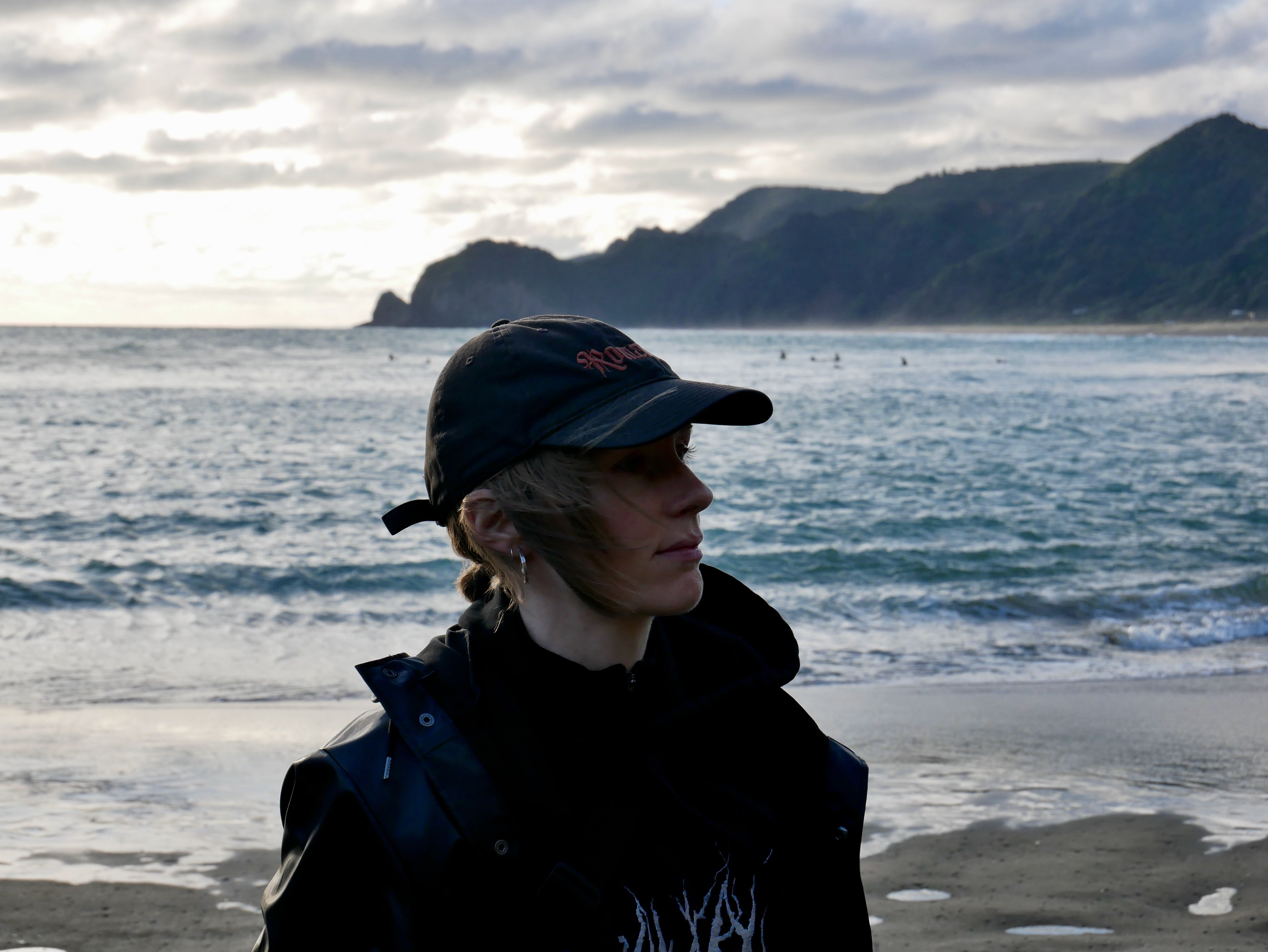
Parr has been paired with another member of a kick-ass collective, interdisciplinary artist Tana Gao of FAFSWAG. Parr notes, “I’m also grateful to the many, many people who have helped to nurture my practice so far.”
The other Edgar family-backed award is shared by Joshua Faleatau and Tyler Carney-Faleatua. The dance and film husband/wife duo, who will be mentored by the eclectically talented Florian Habicht, state “This award inspires us to keep creating, learning and pushing our artistic voice. We are thrilled our mahi is being recognised and we are excited to dedicate this next chapter to developing our practice.“
Another film Springboard, funded by Jamie and Ann Selkirk, has been awarded to Hash Perambalam. While her choice of mentor is still pending, Perambalam says “I am deeply grateful to receive this award. Thank you to everyone involved in helping it exist, especially during this current arts climate. Practically speaking it means I have the financial support to complete an unfinished short film project. I am looking forward to the mentorship as I move from short films into feature filmmaking.”
Arts Icon and hugely decorated writer Patricia Grace will be offering her vast knowledge as mentor to Emma Hislop, who receives the Wai Toi-o-Moroki literature award funded by Te Runanga o Ngāi Tahu.
Hislop enthuses “This award means so much to me. I’m super grateful to the person who took the time and awhi to nominate me. The tautoko of a tuakana will be invaluable because I’ve never written a novel before and I’m writing into the dark. I’m excited about the possibilities. Paid time to write is the dream and the pātea is greatly welcomed.“
Sonic artist Flo Wilson explains what the financial support and choice of her mentor mean to her. “Having moved to Berlin in 2023, this award (funded by the Todd Trust) will afford me a level of stability at a crucial time in my career as I focus on creating/ developing new works, and attending professional development opportunities throughout Europe and the United Kingdom.
“I’m thrilled Jeff Henderson has agreed to be my mentor, whose deep knowledge of the world of sound art has always been a source of great admiration for me, and I look forward to learning and entering this new phase of creating with his support and guidance.”
The selection panel for this year’s Springboard awards was chaired by Arts Foundation Trustees Anne Noble and Tanea Heke, along with Auckland Art Gallery’s Nathan Pohio, Christchurch Art Gallery’s Melanie Oliver, composer and educator Samuel Holloway, Tāwhiri co-director Dolina Wehipeihana, Poet Laureate Chris Tse, film producer Ant Timpson and Te Uru’s James Gatt.
Time running out to make local voices heard
Support from the creative community is become more crucial than ever.
There’s a growing undercurrent of concern from those applying for CNZ's first tranche of its new funding model due to its newness - and the battle lines are getting messy when it comes to public funding for the arts from local government.
With the likes of Tāmaki Makaurau and Tauranga councils already hearing embattled pleas to adjust their planned cuts, the call has gone out for those emotionally invested in the capital’s creative endeavours to make their voices heard.
Wellington City Council's Long Term Plan sets out what will - and critically what won’t - receive funding over the next ten years. Arts Wellington has dropped a statement noting “While the plan is in draft stage, now is the time for all of us to provide feedback that can be considered in the Council's final decisions on what they will prioritise.
“We really encourage you to make a submission to ensure the voice of arts and culture in the city is strongly heard.”
Wellington’s submission process closes on 12 May, with other long-term council plans open for consultation across the motu including Dunedin (24 April), Porirua (26 April), Nelson (28 April), Waitaki (30 April), Rotorua Lakes (6 May) and Palmerston North (9 May).
It once again comes back to community - if you don’t speak up, you don’t know what you might lose until it’s too late.
Fair enough
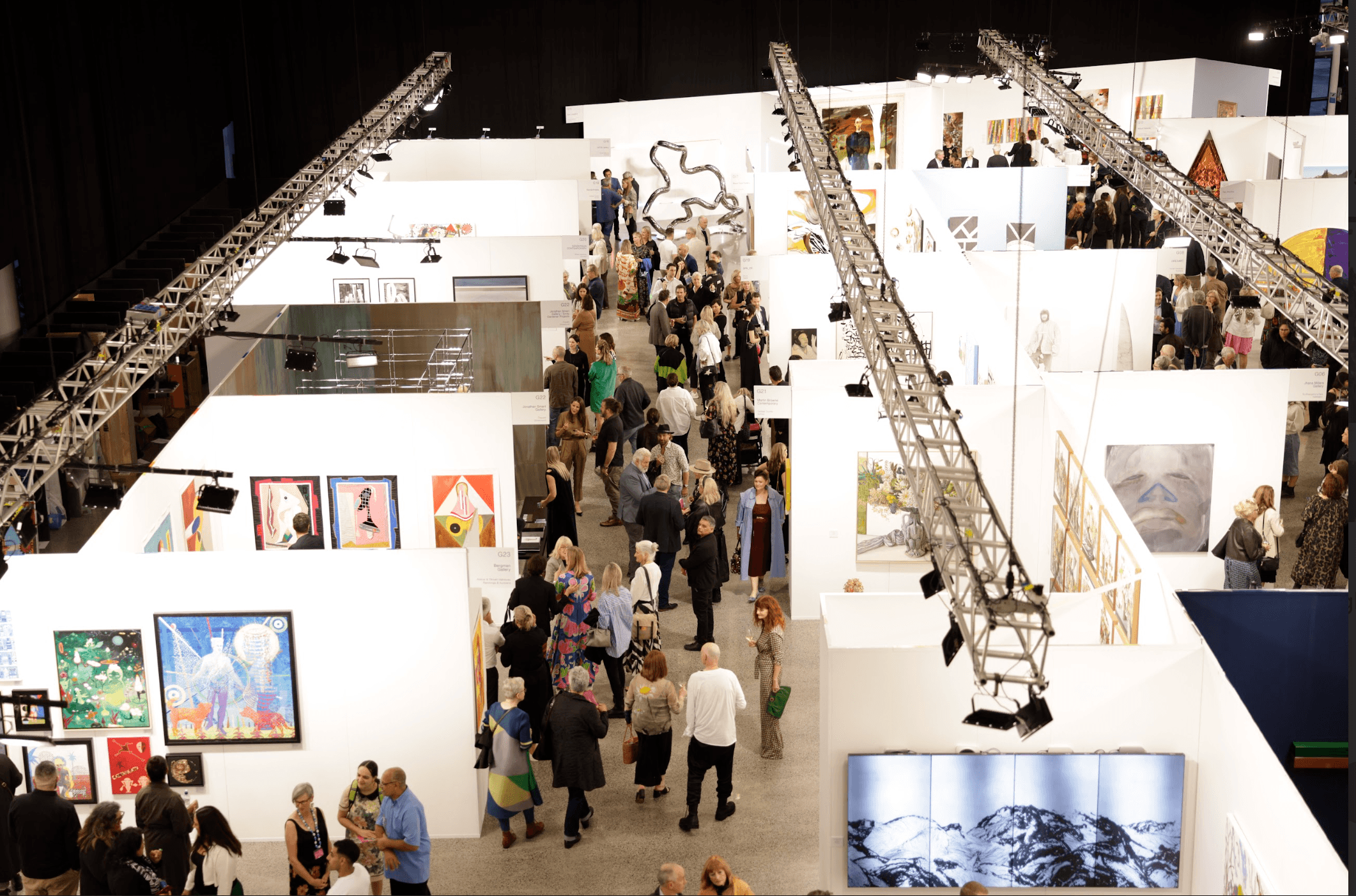
Getting eyeballs on artwork - and getting artwork on walls - is obviously a crucial step in any artist’s work cycle. And there was plenty of both at the Viaduct Event Centre last weekend.
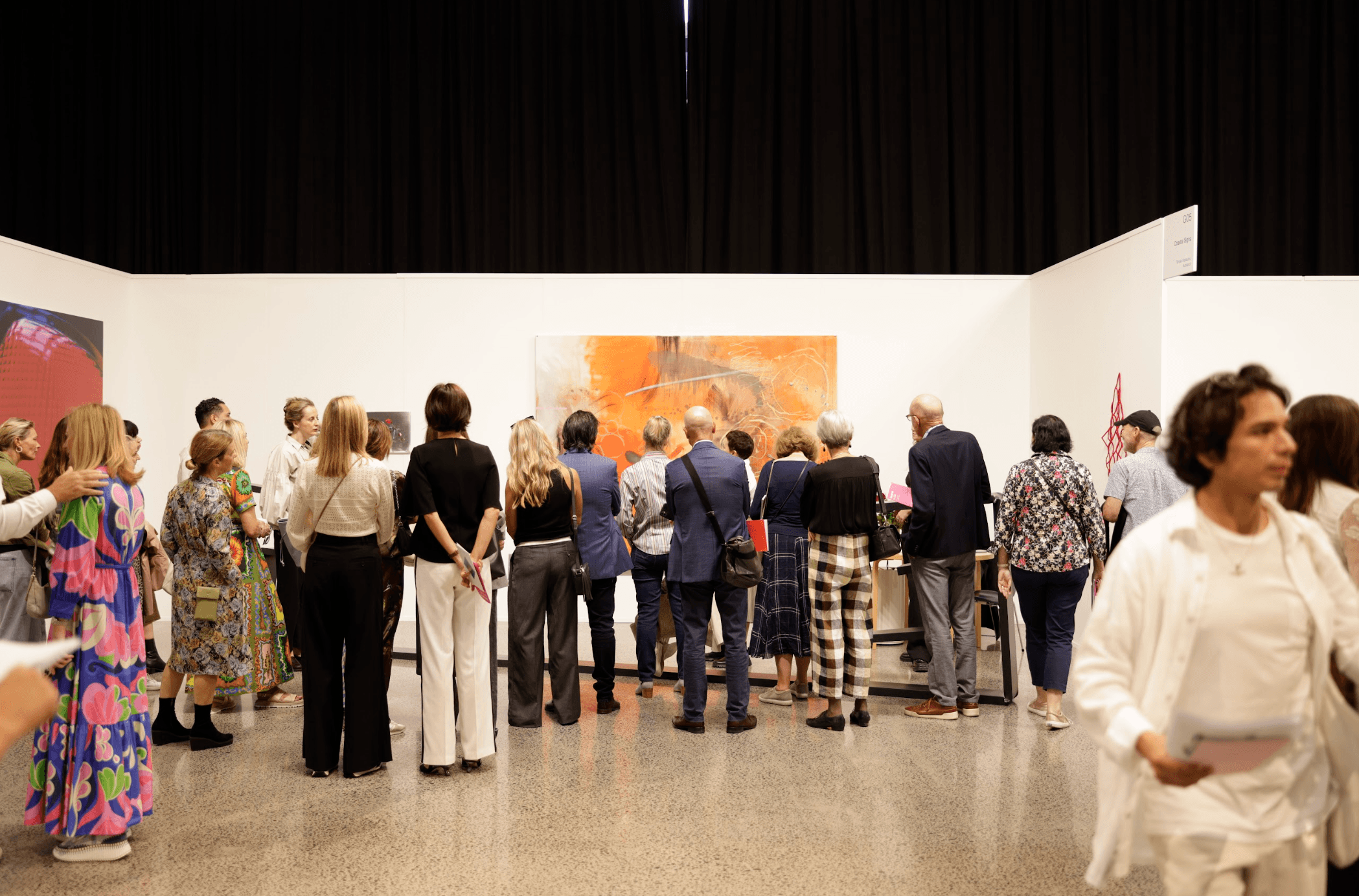
The Aotearoa Art Fair saw the work of more than 140 artists put in front of a big audience. An attendance of 8,000 was an increase of 30% from the year before, and higher than the previous three editions of the annual event.
While that artist total was down by around 40 from 2023 and there were 36 gallery booths (compared to 40 last year), the 500+ artworks on display are around the same amount as previous Fairs.
The details on how many artworks were sold are not yet available, but there has been strong feedback from many of those who attended and were involved.
Gow Langsford Gallery Director Anna Jackson noted “We are thrilled with this year's fair. It amassed huge crowds; the atmosphere was vibrant and sales buoyant. Post-fair enquiries and sales have also been strong.
"I was particularly impressed by the expansive VIP program that drew engaged collectors from across the Motu to Auckland, who visited the galleries and auxiliary events as well as the Fair."
Fellow gallery Director, Andrew Scott from ARTIS, added “The Aotearoa Art Fair 2024 provided a great platform for both emerging and established artists. An excellent venue, along with an International Event Team, was an extraordinary opportunity to showcase New Zealand art to the World, with works from ARTIS Gallery being sold to America, Australia and the United Kingdom.”
Give 'em a taste of Kiwi
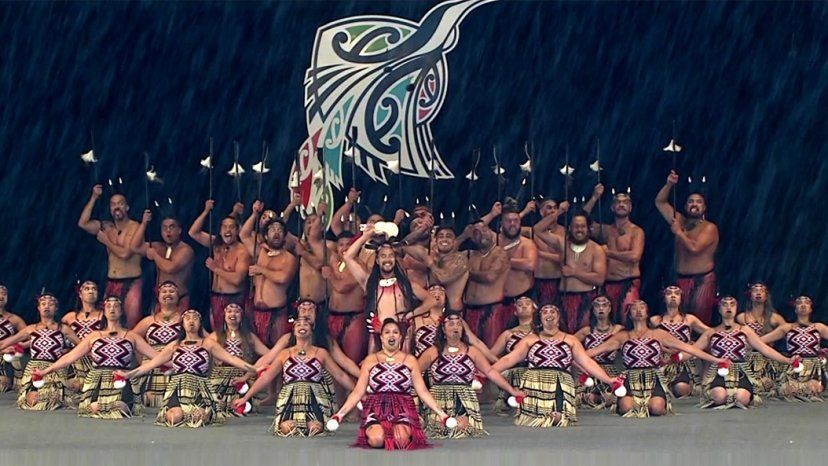
An international audience is also being attracted to Auckland in July when Tāmaki Makaurau hosts the World Choir Games 2024 - and we now have an idea of what both visitors and locals can expect.
The programme has just been released and importantly, there's a strong Aotearoa feel.
The world premiere of Matariki He Kāhui Reo (Matariki, a Constellation of Voices) stands out as one to watch out for at Holy Trinity Cathedral (15-16 July). The work brings together seven of New Zealand’s finest choirs and a kapa haka rōpū to depict each of the nine stars of Matariki as characterised by adviser Dr Rangi Mātāmua and in music by six of the country's leading choral writers.
A collaboration with Te Matatini will see a fusion of kapa haka and choral music at Kiri Te Kanawa Theatre in A Night of Song and Dance, with first a performance by Te Waka Huia followed by Paduan Suara Mahasiswa from Indonesia (12 July) then former Te Matatini winners Ngā Tūmanako alongside the celebrated New Zealand Youth Choir (18 July).
Admired performing arts collective Pacific Underground will curate Pacific Spirit on 13 July at the Town Hall, bringing harmonious songs, vibrant dances and stories of the island nations of Aotearoa's Pacific communities together.
And the city's strong Chinese community will have a taste of home, with more than 80 choral groups from China registered for the Games and given a spotlight at two Night of the Dragon concerts at Holy Trinity (12 & 17 July).
There are many more features in a programme that will present 28 competition categories in both Open and Champions levels, allowing choirs to compete against others of similar experience and skill.
The event's Artistic & Games Director John Rosser enthuses "We have worked to provide something for everyone, highlighting some of the best international groups audiences will hear during the daytime sessions and mixing in a strong representation of the superb choral and cultural scene here in Aotearoa.
"This, for me, is the whole reason for hosting this great event: to bring to our faraway country an array of new choral sounds, styles and ideas, while in turn sharing with the world what we have to offer.”
Over 11,000 participants are involved in the 10-day event, with around 250 choirs from more than 30 countries. Tickets have now gone on sale with the release of the programme, along with a number of free-to-attend daytime events.
More te reo on screens
Seeing indigenous performances on screen is just as important as on stage - with NZ On Air and Te Māngai Pāho announcing the successful applicants for their co-fund that focuses on scripted productions with strong te reo and te ao Māori themes for broad audiences.
One of those across the line is one of the broadcasters copping the most heat right now - with Warner Brothers Discovery (owners of Three and soon-to-be axed Newshub) funded for its first primetime drama with 30% te reo Māori dialogue.
It takes up a major chunk of the almost $10.2 million allotted from the co-fund with an 8-episode series Tangata Pai, to be produced by Green Sugar Media, granted up to $3,990,000. The series - with each episode an hour long, including commercial breaks - is described as the story of five people in the last hour of their lives when a bomb is detonated at a Māori protest.
The next biggest investment has gone into TVNZ's Dead Ahead, the scripted comedy funded to the tune of $2,893,133 for a 6-half-hour episode season as the Wharekoa whānau as they return to Aotearoa after a decade abroad and inadvertently disrupts the balance between the physical and spiritual realms, unleashing four kēhua into their household.
Inspired by true events drama series Rapunga the Hunt for Whakaata Māori sees an eclectic group of urban Māori out of their depth in the middle of the remote far north, with the 6-half-hour episodes back for $2,185,920.
And encouragingly, there's a project mainly to be delivered on youth-centric platforms TikTok and YouTube. Also by also for Whakaata Māori, multi-platform drama series Kupu X is to be produced by, for and about rangatahi in half a dozen 15-minute hits after getting the green light for $951,280.
“Research had shown us that around 70% of funding going to Māori production companies from across the screen funding agencies was going towards Non-Fiction productions,” says Amie Mills, NZ On Air Head of Funding. “This year’s co-fund was focused on redressing that imbalance and shining a light on the brilliant, scripted craft of our Māori screen storytellers.”
“These applications all have strong te reo and te ao Māori themes, as well as being larger scale projects with high production values and a high creative bar,” adds Larry Parr, Kaihautū, Te Māngai Pāho. “They will not only connect with local audiences in a meaningful way but also further build the industry’s skills in producing high quality Scripted reo Māori content.”
While only four of the 25 applicants were approved for production funding, a further five Scripted Development projects received $139,910.